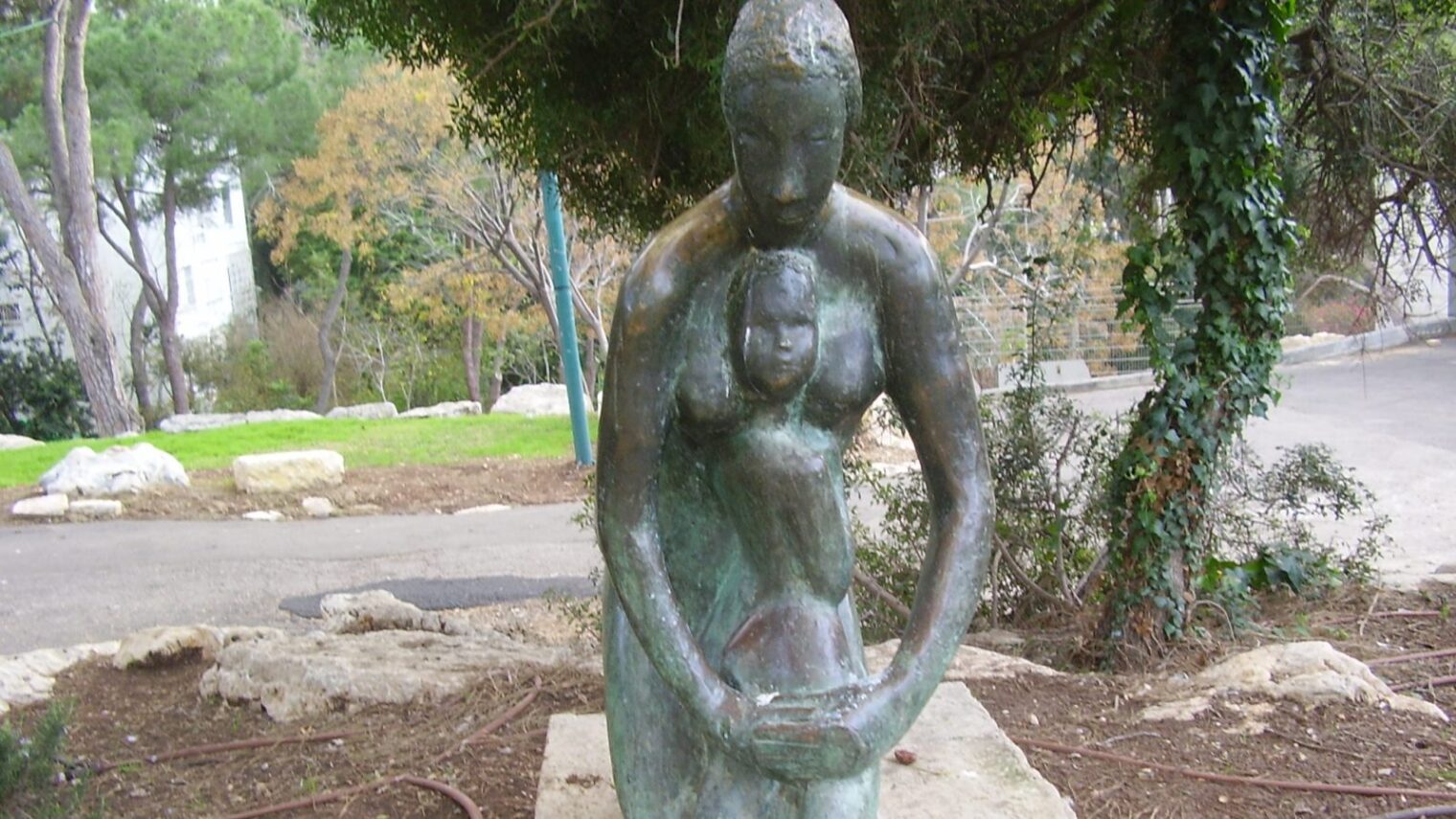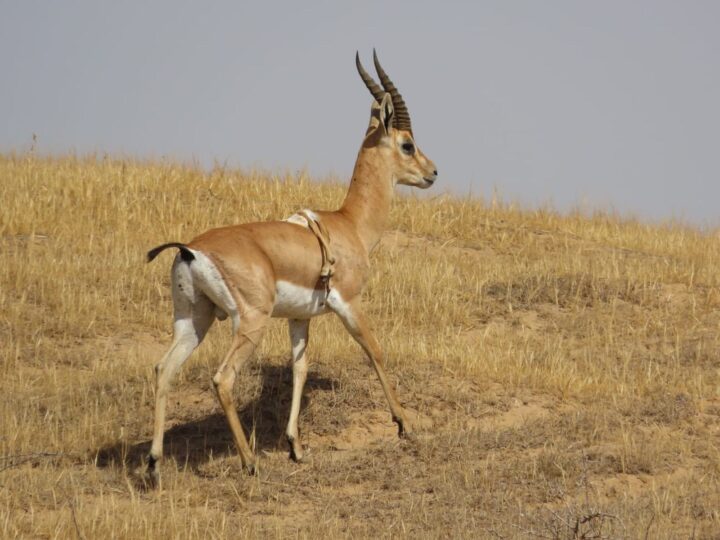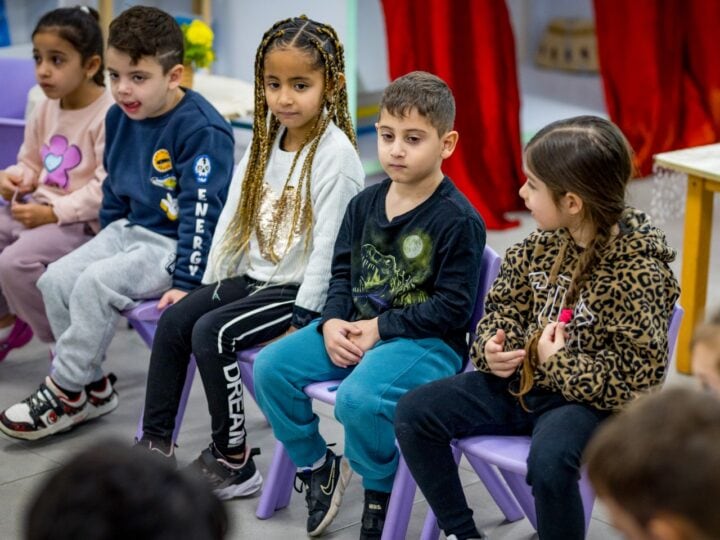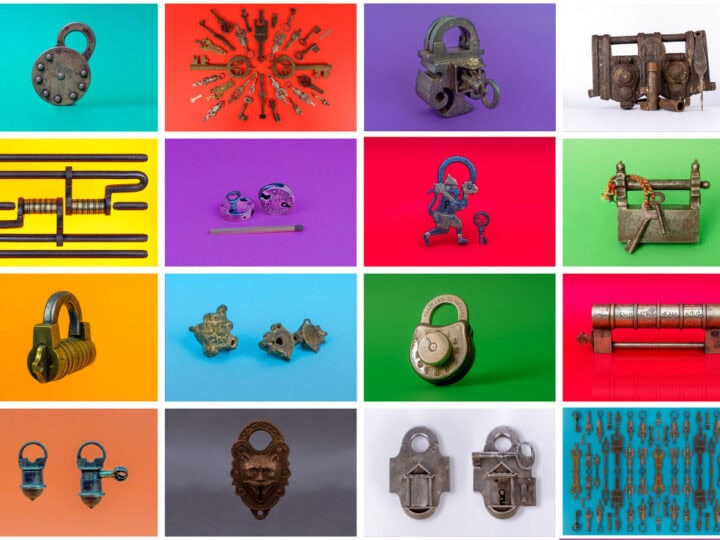Nothing in Israel is simple. Even a secular holiday like Mother’s Day – celebrated this year on February 15th — is seeded with conflict, starting with the fact that there used to be two Mother’s Days celebrated in Israel: one in Haifa and one in the rest of the country.
And although in the 1990s the day’s purview was expanded to “Family Day” in recognition of social and cultural changes in Israel, there are sectors within the educational system that still opt for the traditional “Mother’s Day.” Even the date – the 30th of Shvat – was disputed and had to be changed.
The first Mother’s Day celebration in Israel was initiated by the Ezra society, a women’s health organization headed by Sarah Herzog, mother of President Chaim Herzog, and Mariana (Miriam) Hoofien, wife of the general manager of the Anglo-Palestine Bank (later renamed Bank Leumi). Their Mother’s Day was celebrated April 6, 1947 in Jerusalem; Ha’aretz reported that the holiday’s spirit was “similar to [such] days in other countries.”
In 1951, Haifa, the Worker’s City, established its own version of Mother’s Day, initiated by Hannah Hushi, wife of the city’s legendary mayor, Abba Hushi. The mayor proposed to the city council that on Mother’s Day, “boys and men will participate in household chores and will present gifts to the mothers… a public park with be inaugurated on Mount Carmel, to be called Gan HaEm (Mother’s Garden). Mothers will plant trees on that day, and parties and balls will be held throughout the city.”
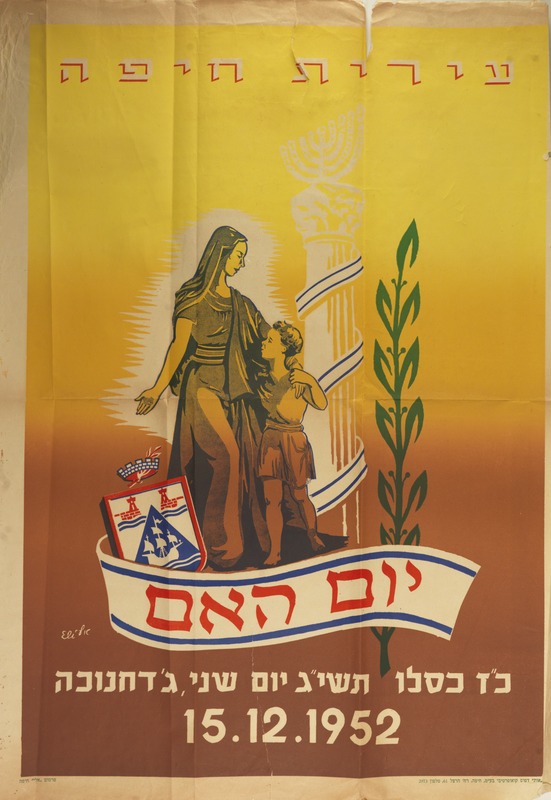
The park Hushi had in mind had already been planted in 1913 by Gottfried Meyer, gardener to German Templer Pastor Martin Schneider of the Karmelmission. The property was appropriated by the British during the Mandate Period, and then taken over by the Haifa municipality.
Hushi further proposed that the date of Haifa Mother’s Day be linked to Maccabean matriarch Hannah and for many years, the city celebrated Mother’s Day during Hanukkah. Other cities that adopted the holiday decided to couple the celebration with tree-planting on Tu B’Shvat.
Towards the end of 1951, the newly launched children’s newspaper Ha’aretz Shelanu declared its own Mother’s Day initiative, and asked its young readers to suggest a date. Nehama Frankel, 11, of Herzliya suggested a date to honor the memory of Henrietta Szold, founder of Hadassah. Szold had run Youth Aliyah, an organization that rescued 30,000 Jewish children from Nazi Europe.
In a 2012 Ha’aretz article, “Decades Later, Woman Behind Israel’s Mother’s Day Is Still Proud,” Frankel (now Bidermann) explained the rationale behind the date she had proposed. “When they asked, ‘What do you think about having such a holiday in our country?’ I didn’t hesitate … I had a fixed image of Henrietta Szold, adorned with black ribbons, which hung in my kindergarten. We were aware of the Holocaust in general, because we hosted relatives who were refugees, and we also knew about Youth Aliyah. And also, Henrietta Szold was a cousin of my mother.”
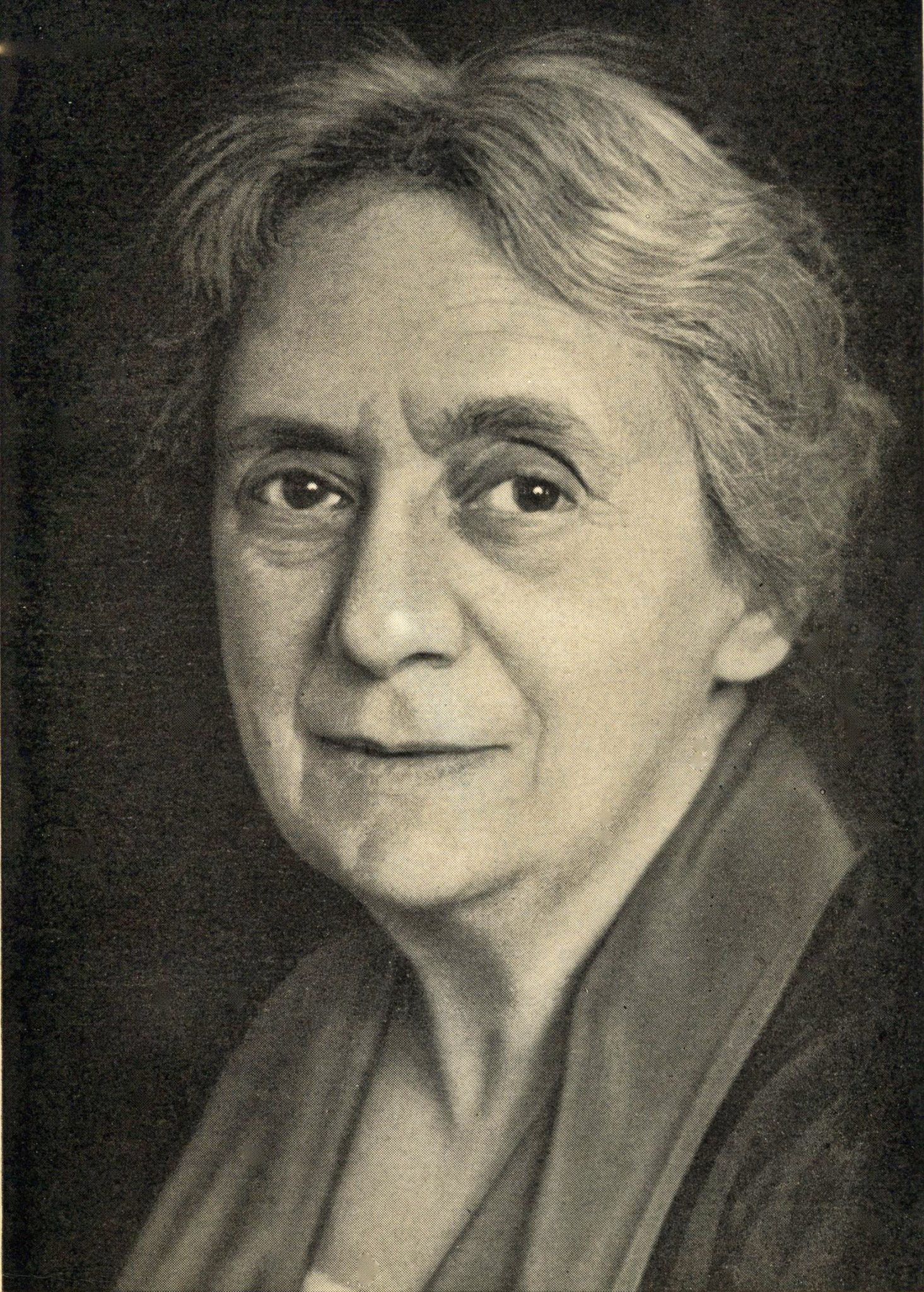
And so, for several years, two Mother’s Days were celebrated in Israel: one in Haifa during Hanukkah and the other in February on the anniversary of Szold’s death, which Ha’aretz Shelanu set as the second of the month of Adar.
In the early 1970s, the holiday was adopted by the Ministry of Education and the date reset as the 30th of Shvat. In fact, both were mistaken: Szold died on the first of Adar; the date can be seen on her gravestone on the Mount of Olives.
For many Israelis coming of age in the 1980s, the 1987 film Abba Ganuv (“The Skipper”), a comedy about a single father trying to keep custody of his son, drove home in one key scene the message about changing family norms. Young Ben, the son, sits in class dejected, as the teacher tells the students: “We’ll soon be celebrating Mother’s Day. I’d like everyone to show the gifts you’ve made in arts and crafts for their mother.”
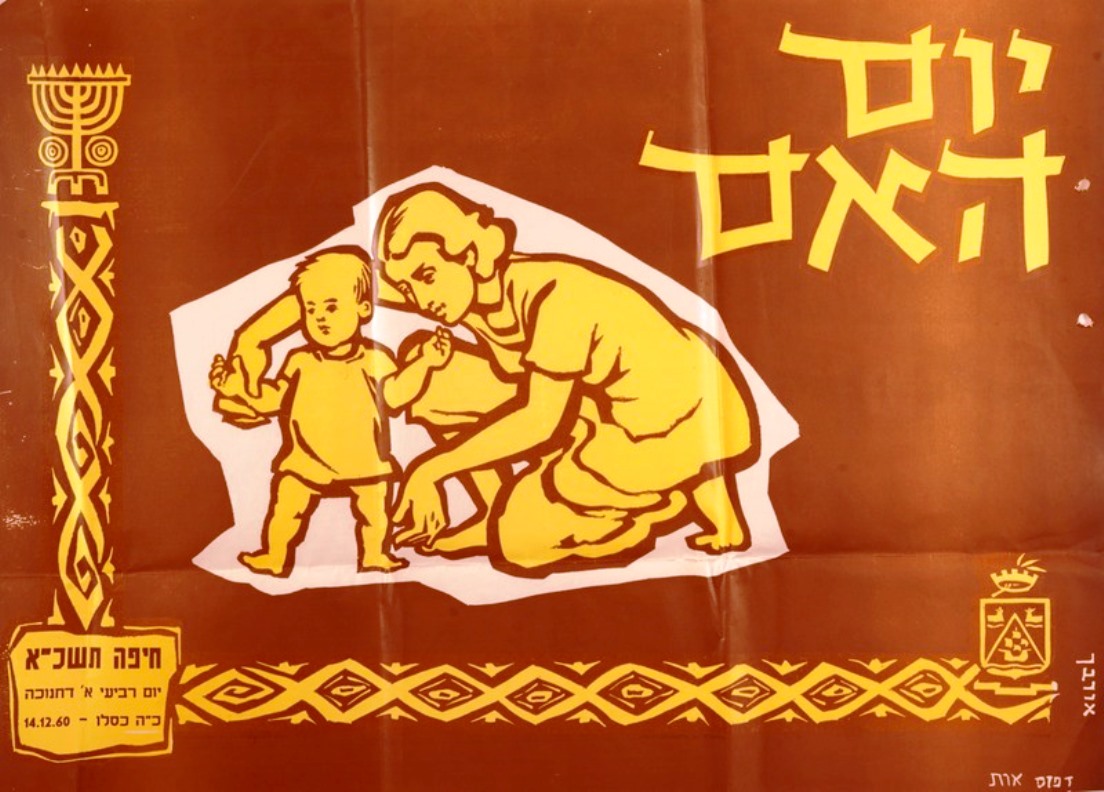
It seemed only natural, therefore, that by the 1990s, Mother’s Day would be reconfigured as “Family Day.” As a 2011 Channel 2 News report put it, “In recent years, there has been a serious attempt to deal with the variety of configurations of the nuclear family and all combinations are welcomed with love: children with two mothers, or two fathers, or single-parent families — all are part of the celebration, so as not to repeat the errors of the past.”
According to a 2006 Ministry of Education document outlining preschool activities for the day, “The division of roles in the family has changed and has become more egalitarian. Mothers are a significant economic factor in the family, and fathers share the relationship with the children from the stage of pregnancy and take a large part in their education and growth. These changes led to a change in the essence of the special day and its transformation from Mother’s Day to Family Day.”
Today’s Family Day customs are fairly similar to those of its predecessor: children prepare cards and gifts for parents and siblings. The holiday is considered more of an educational tool than an actual celebration, although in recent years, some enterprises – flower delivery services, ice cream parlors and the like – have tried commercial tie-ins.
As for Haifa’s Gan HaEm – the park that Abba Hushi named – it was expanded to its current size of 400 dunam (100 acres), today serving as a gathering place for families of every kind, and hosting events ranging from the International Film Festival to the Haifa Pride Parade.




